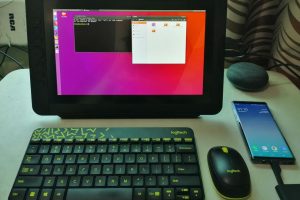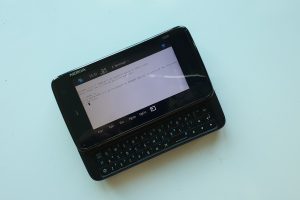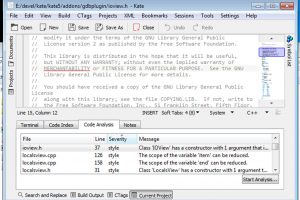There was a time when Linux users were thought of a computer users who preferred to use older computers. While there’s a reason and wisdom to not jumping onto the latest consumer trends, the Linux demographic has substantially changed over the years. As the SurfaceLinux subreddit put it, Penguins like nice things too.
While there has been no shortage of attempts at delivering a commercial Linux tablet or smartphone, Linux users are still longing for that perfect shiny, modern device to capture their hearts and their money as well.
The Past
Pre-Microsoft Nokia
There have been many attempts to create and sell Linux-based devices beyond laptops but few actually even made mainstream headlines. The one that came closest to that was Nokia. It didn’t start out with a phone but instead created what it branded as an Internet Tablet, the N800 and later. It was the netbook of phones back in 2007, just before Apple came out with the iPhone. Very few knew what to make of a portable device that didn’t carry its own Internet connection. But it still got developers talking and talking loudly.
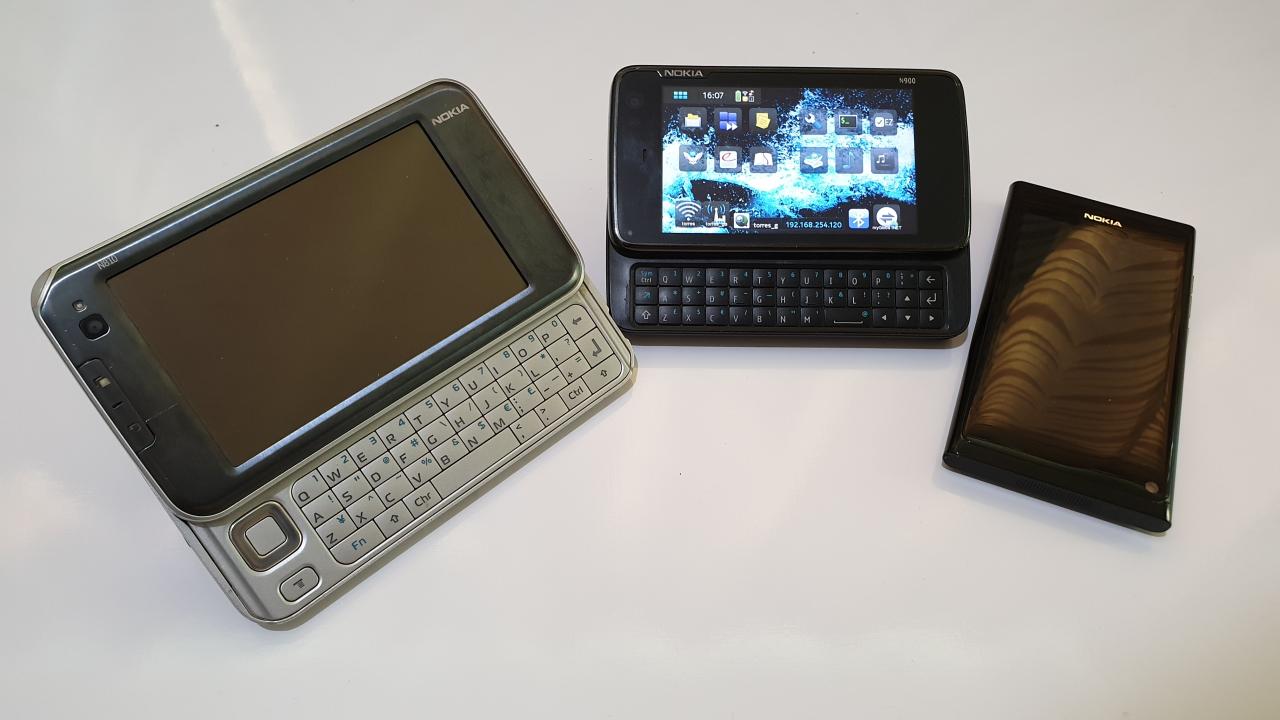
In 2009, Nokia launched the N900, now actually a phone but one that behaved and looked more like a pocket computer. It might look bulky even by those times’ standards but it was still a hit among the Linux crowd. Then came the N9 two years later, the first honest-to-goodness all-screen Linux smartphone. There was a bit of controversy when it came to the change in some software stack but the biggest and final controversy when Nokia eventually dropped everything under Stephen Elop’s leadership, which would eventually lead the way to its “sort of” acquisition by Microsoft.
Openmoko, Sailfish OS, Plasma Active
Nokia’s adventures and misadventures in Linux land inspired and gave birth to a few similar attempts, both from commercial for-profit companies and from open source communities. Just as the Nokia N800 was making rounds in tech circles, the Openmoko project was already trying to rally the open source community around the ideals of open source software as well as open source hardware. While it did generate a lot more interest within the community, it didn’t have the coffers that allowed Nokia to throw money at the Maemo platform, at least for a while.
And then the Nokia that we knew was no more. Out of its ashes rose Finnish startup Jolla, who picked up the pieces that Nokia left, like Mer, the abandoned lovechild of Nokia’s Maemo and Intel’s MeeGo. It almost seemed like Jolla and its Sailfish OS would be able to carry on that legacy. Unfortunately, Jolla’s good fortune didn’t last that long.
From Maemo to Openmoko to Mer, many of the Linux-based mobile platform built their GUIs around the GTK+ toolkit and, to some extent, the GNOME desktop environment libraries. The version of Maemo in the Nokia N9 as well as Sailfish OS would use the competing Qt toolkit, which Nokia received when it acquired Trolltech and eventually lost when it itself got bought by Microsoft. Partly inspired by these trends, the KDE community started their own mobile efforts through the Plasma Active project. But while its ill-fated Vivaldi tablet never saw the light of day, Plasma Active would eventually mature into Plasma Mobile and strike its own path, independent of a specific, self-designed device.
Ubuntu Touch
And then Canonical came into the picture. If there was one open source company who seemed to have a chance at breaking into the fast-growing mobile market, it would have probably been it. After all, it was the company behind Ubuntu, whose name almost became synonymous with Linux, becoming the user-friendly face of the Linux desktop. It definitely could have, since it had the resources, the clout, and the support of the community. But thanks to some poor decisions, Ubuntu’s legacy in the mobile market is nothing but a footnote.
Canonical’s Ubuntu Edge crowdfunding campaign was almost laughed out of open source circles because of its insane ambition to raise $32 million. It was lucky to have even raised a third of it. Its decision to reinvent the wheel and ditch the most used X11 windowing system while snubbing its Wayland successor alienated developers and blocked access to the majority of Linux’s popular software. It would later add X11 support but by then it was too late. The few Ubuntu Touch smartphones and tablets were a commercial flop and OEMs lost interest in backing it. Canonical itself would eventually call it quits, leaving the fate of Ubuntu Touch in the hands of the community.
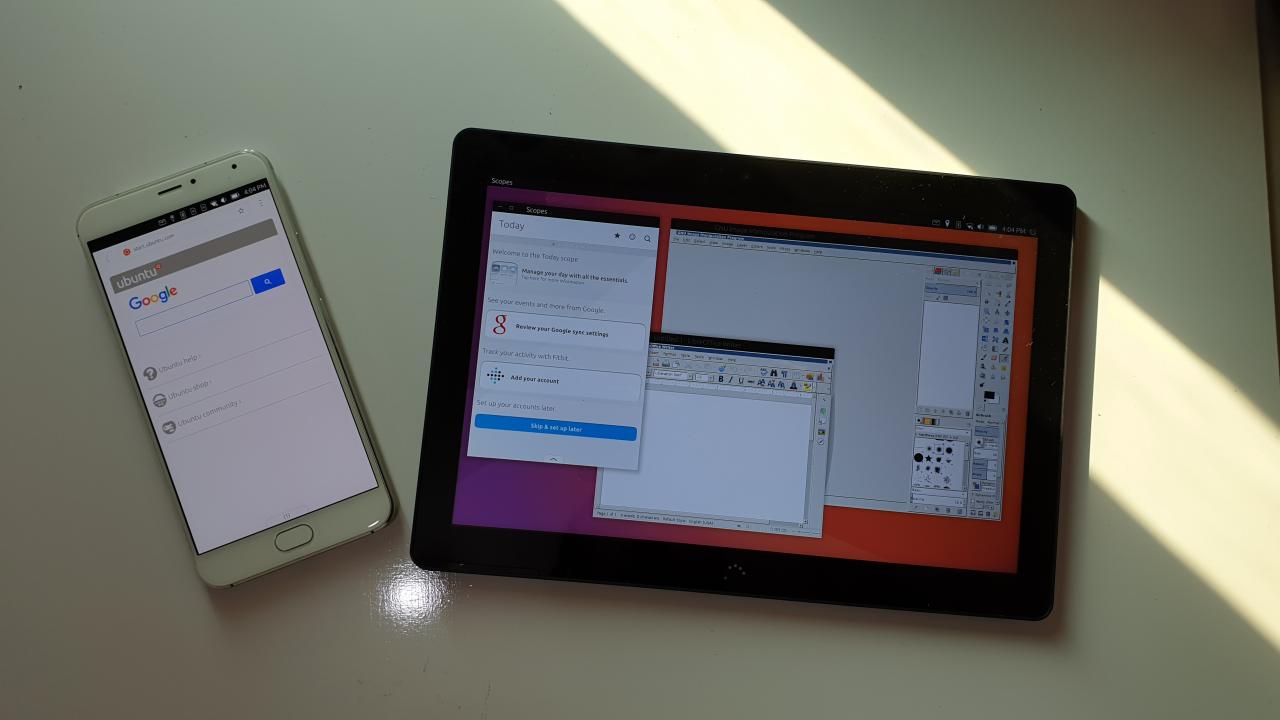
The Present Woes
Drivers
There’s a reason why Linux users, at least the more seasoned ones, preferred slightly older hardware than the latest and shiniest devices. Not only would those have already proven their mettle in the market, it also meant that, after a year or so, Linux support for the hardware would be better if not at least existent. One of the biggest problems in gaining Linux adoption has always been and continues to be hardware drivers. That’s true on x86/x64 PCs like desktops and laptops and it’s even more true on mobile, where the driver situation between ARM chip makers is a sordid mess.
Android’s popularity helped a bit in that regard. Itself based on Linux, it would mean drivers for Android would work for non-Android Linux, too. While that does work in theory, it also means being beholden to what some consider necessary evils on Linux: proprietary binary drivers. Some open source projects are OK with that, reusing Android drivers via libhybris. Others would take an extreme stance and only work on devices that have completely open source drivers.
Software
Linux on modern devices, especially touch-based mobile ones, do also have a slight software problem. No, it’s not a problem of numbers but more of type. There is a huge repository of Linux software, almost all of them designed with either keyboard or keyboard and mouse in mind. Few are designed to accommodate touch, let alone multi-touch, and even fewer are meant to be used in smaller screens. And there’s no denying the fact that there are some popular software that will never run on Linux. Sometimes it might not matter, because they won’t run on phones anyway. Others have usable web app versions. Regardless, the developers of those apps are unlikely to be interested in investing on a Linux app unless they can hit all other platforms in a single blow.
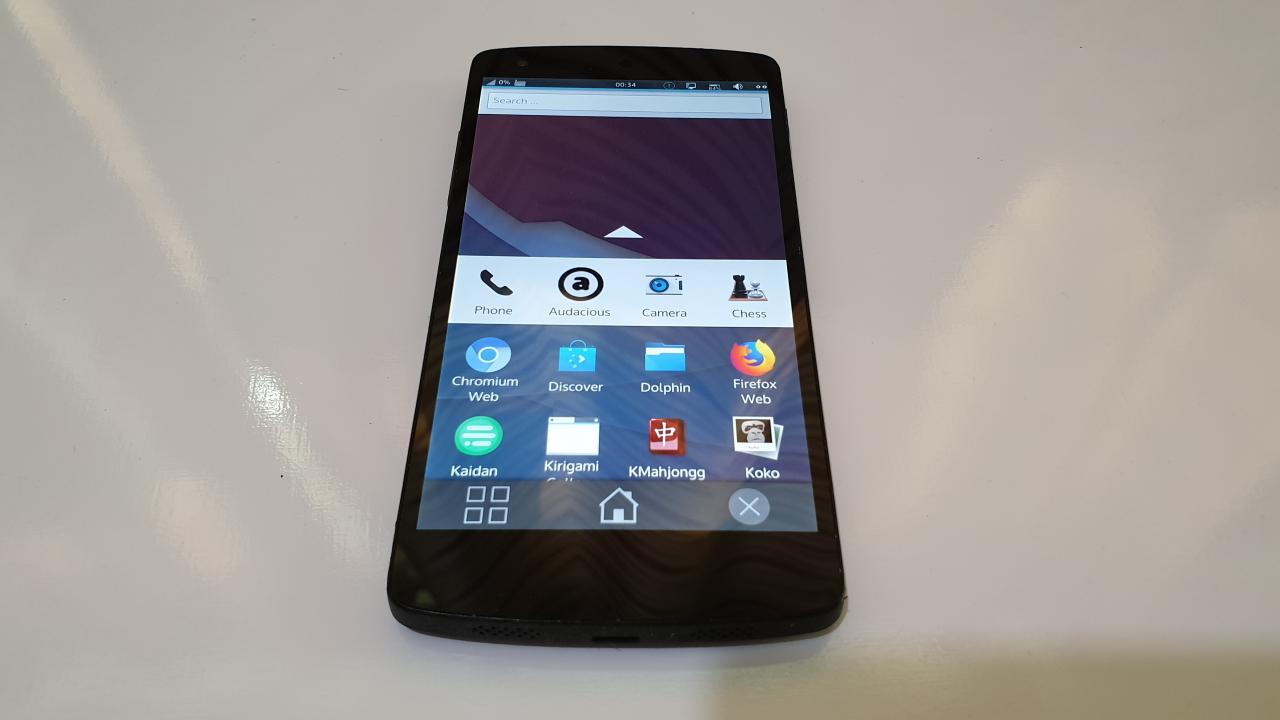
The Future
Despite those setbacks, there is also no shortage of people, groups, and even companies that keep the flame alive for Linux on modern devices and form factors. Every so often you will hear of a project that promises a truly open, private, and secure mobile ecosystem. Some of them vanish without a trace. Others ask for money before vanishing without a trace. But some put their money where their mouth is and have a track record to prove it.
The latest example of that is Purism, whose focus on security and privacy without compromise has already given birth to the successful Librem laptop. Now it’s trying it hand in smartphones (with rumors of a tablet in the future as well) with the successfully crowdfunded Librem 5. It won’t be the most advanced smartphone in the market because of its choice in hardware, but, if and when it actually ships, it will be the most open source and still usable phone.
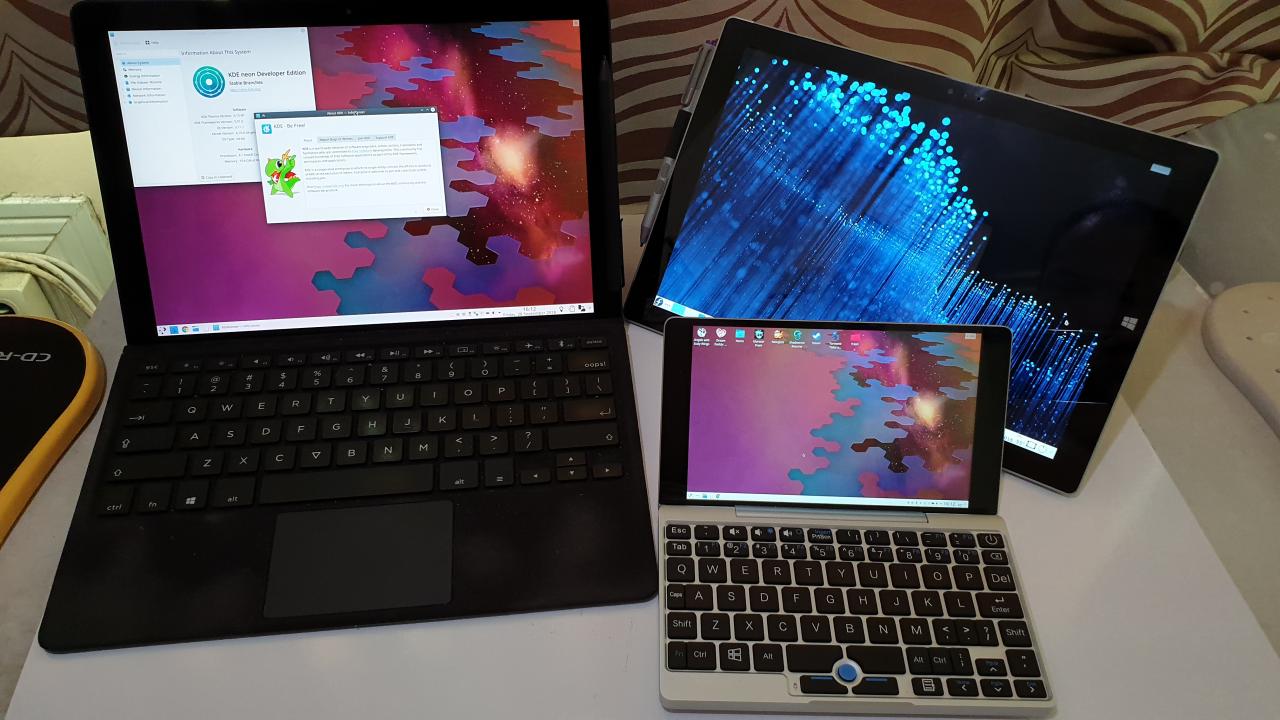
Sadly, that’s still a few months away. Until at least the driver issue is sufficiently resolved, we’re left with little choice but to piggyback on tablets and phones designed for other, less open operating systems, dual booting on those willing to share some space. It might take some time, but that’s OK. Because unlike commercial companies and their proprietary software, open source doesn’t have a fiscal year to catch. It can take its time and do things slowly and in the right way while watching mobile kingdoms rise and fall like waves on the sea.

